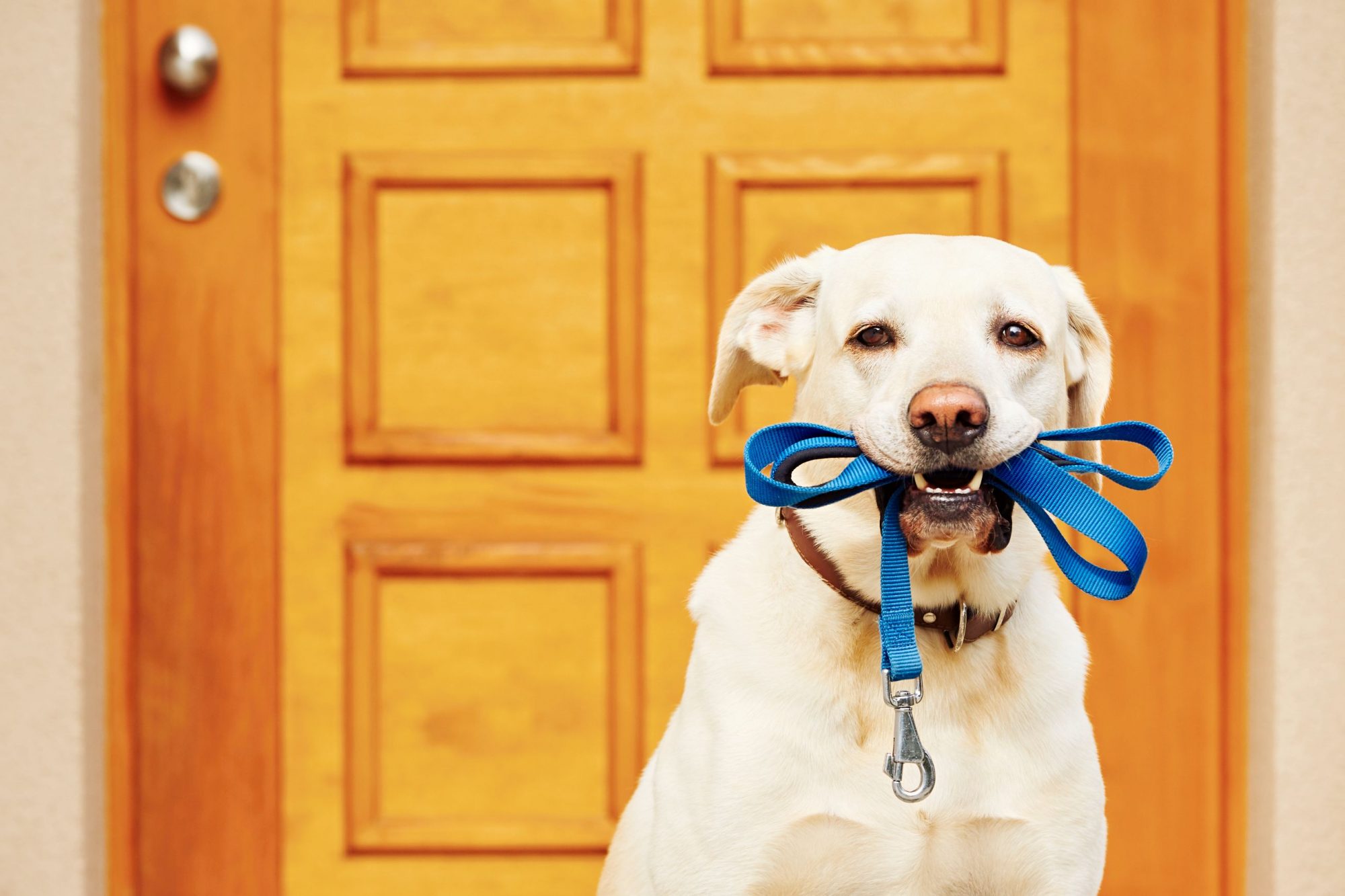What to Know About Microchipping Your Pet

Microchipping is just one element of pet ownership that gives pet owners a semblance of control in unexpected situations. Not a substitute for physical identification tags, microchips add a layer of protection in the case of a lost or missing pet. If you’ve ever wondered about microchipping your pet, we’ve got all the answers for you here:
Pets on the Run
Undoubtedly, many cats and dogs will not willfully take off on their own. Unfortunately, it does happen occasionally.Pets get curious about something they see, hear or smell and take off in hot pursuit. Their intention isn’t to stay away from home, but sometimes they get picked up, or become disoriented about their location. If the right opportunity arises, even a strictly indoor cat might just feel the need to explore. How do you begin to find your pet once they’ve left your property?
Modern Microchip Technology
To guard against this possibility, we recommend microchipping your pet. Safely inserted subcutaneously (beneath the skin) with a long bore needle, microchipping can be done quickly and relatively painlessly. In fact, the procedure resembles the sensation of a routine vaccination.
Size and Materials
If you have reservations about microchipping your pet, we hope the following facts put you at ease:
- Microchips are non-toxic and do not cause allergic reactions or discomfort after insertion
- They are about the size of a single grain of rice
- They rarely move from their location between the shoulder blades
- Microchipping your pet doesn’t require anesthesia or medication
- Pets as young as 8 weeks old can be microchipped
- Microchips do not use GPS and do not act like a tracking device
- When a scanner is passed over the implantation site, the chip emits a tiny radio signal that sends a unique code to the scanner’s screen
- Not a replacement for a collar and ID tags, but because they cannot be removed, microchips offer a layer of protection
The Crucial Extra Step
If your pet is found and scanned, the scanner screen will show a number. Then, this number is manually entered into the national database that holds owner information. Unfortunately, many pet owners skip this crucial step. Their pet has a microchip, but the database doesn’t have any current information. Be sure to go the extra step to register your pet’s chip with the chip manufacturer so your name, phone number, and other pertinent contact information can be connected.
Microchipping Your Pet Is Smart
If you ever lose your pet, their microchip can help facilitate a return home. One out of three American pets will go missing at some point in their lives. Of these, only 20 percent will ever be reunited with their families. By microchipping your pet, you are doing your part to change these terrible statistics.
Remember, microchipping your pet is easy, affordable, and highly effective. If you have further questions or concerns about the process, please call us at (916) 939‑1705. Our veterinarians and staff members are always here to help!

